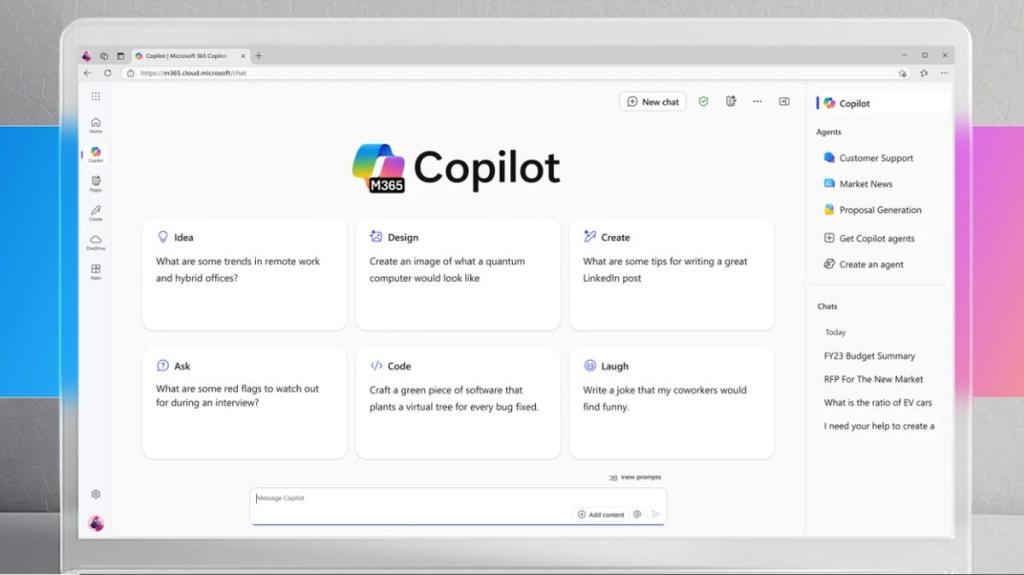Klarna's AI Transformation Boosts Efficiency and Growth
Explore how Klarna's innovative use of AI is transforming its workforce, boosting efficiency, and driving significant financial growth in the fintech landscape.

Key Points
- Klarna
is reducing its workforce from 3,800 to around 2,000 employees by leveraging AI to enhance operational efficiency.
- The company's revenue surged by 27% in the first half of the year, demonstrating the financial benefits of AI integration.
- As Klarna prepares for a potential IPO, it highlights the necessity for government support to address the societal impacts of AI on employment.
In the rapidly evolving world of fintech, companies are increasingly recognizing the potential of artificial intelligence (AI) to drive efficiency and profitability. Klarna, a leader in the "buy now, pay later" sector, has taken bold steps in leveraging AI to significantly streamline its operations. As the company navigates a challenging economic landscape, its transition towards AI integration not only shapes its workforce but also sets a precedent for the industry. By reducing its workforce nearly in half to optimize productivity, Klarna exemplifies how technology can reshuffle traditional employment paradigms.
Klarna's Strategic Reductions
Klarna has recently announced plans to decrease its headcount from approximately 3,800 to around 2,000 employees in the upcoming years. This move follows a significant reduction from a peak of 5,000 employees just last year. CEO
emphasizes that this shift is not merely about cuts—it's about doing “more with less”. The integration of AI, particularly through their chatbot which claims to perform the tasks of 700 customer service agents, exemplifies the company's focus on enhancing operational efficiency.

This strategic move has allowed Klarna to maintain customer satisfaction levels while dramatically reducing issue resolution times from 11 minutes to just 2 minutes. This profound impact illustrates the capacity of AI to not just fill gaps left by human staff, but to enhance overall service quality.
The Financial Upsurge Through AI
While workforce reduction can seem daunting, Klarna has reported a solid uptick in its financial performance. The company recently announced a 27% increase in revenue for the first half of the year, bringing in over 13 billion Swedish krona (approximately $1 billion). Moreover, the average revenue per employee has seen an impressive lift, soaring from about $393,000 to $689,000, thanks to AI efficiencies.
This financial turnaround is also attributed to a favorable market environment marked by lower interest rates, allowing Klarna to reduce operational expenses significantly. As the firm prepares for a potential IPO next year, projected valuations are optimistic—ranging between $15 billion and $20 billion. This suggested growth bears testament to the viability of Klarna's AI-driven business model.
The Societal Implications of AI Implementation
The integration of AI into the workforce raises broader questions regarding employment and the role of government in addressing these changes. Siemiatkowski acknowledges that while technology may streamline operations and enhance profitability, it also results in job displacement. He suggests that traditional employment support mechanisms need to evolve to account for this shift—a sentiment echoed by many in the tech industry.
Many industries are concerned about the societal implications of these changes. For instance, Siemiatkowski has emphasized the need for proactive government actions to support workers affected by these transformations. While it may be too simplistic to assume every displaced worker can transition into new roles, there is an opportunity for reskilling and new job creation in sectors driven by AI and technology.
Looking Ahead: Klarna's Future in the Tech Landscape
As Klarna positions itself as a frontrunner in leveraging AI within the fintech industry, it sets a compelling example of innovation amidst challenges. The company's journey illustrates that embracing technology, even at the cost of traditional roles, can fuel growth and enhance customer satisfaction in a competitive landscape. Other firms watching Klarna’s progress may derive insights into how to navigate their own transformations in the face of technological disruption.
In summary, Klarna's strategic use of AI represents more than just a shift in productivity; it is reshaping the dialogue around work, technology, and economic growth. As the company moves forward with its anticipated IPO, it will undoubtedly serve as a pivotal case study for future innovations in the fintech arena and beyond.


